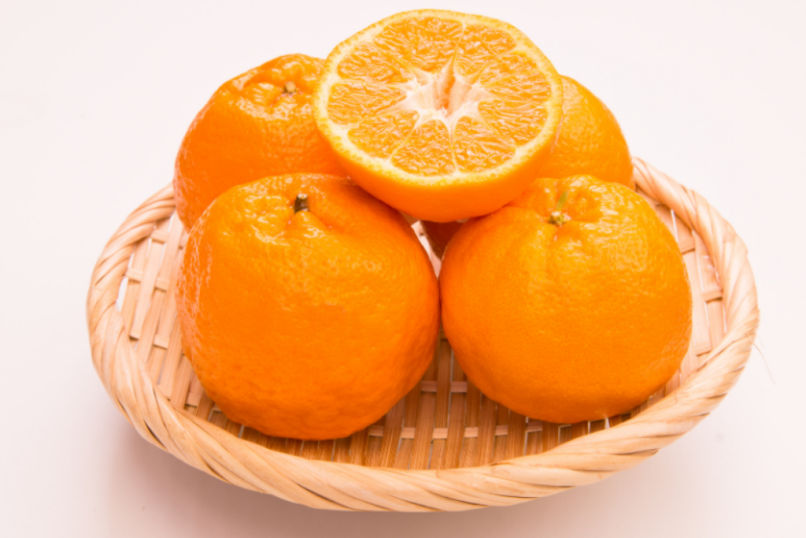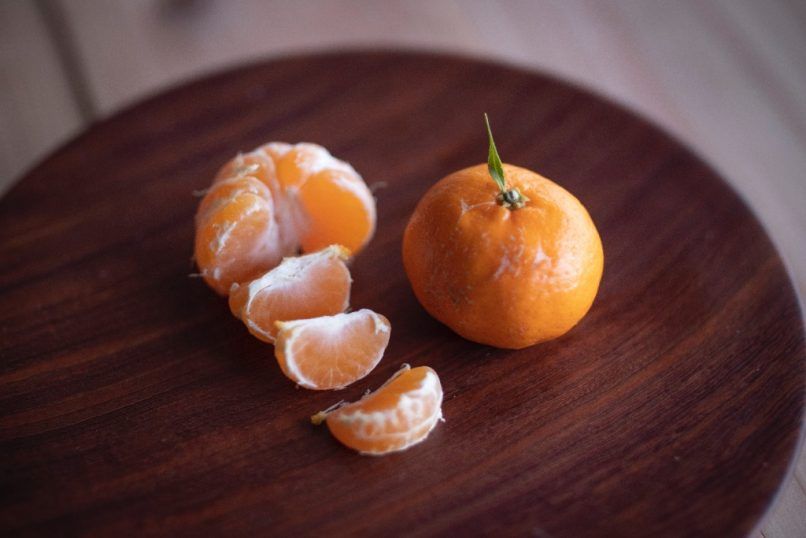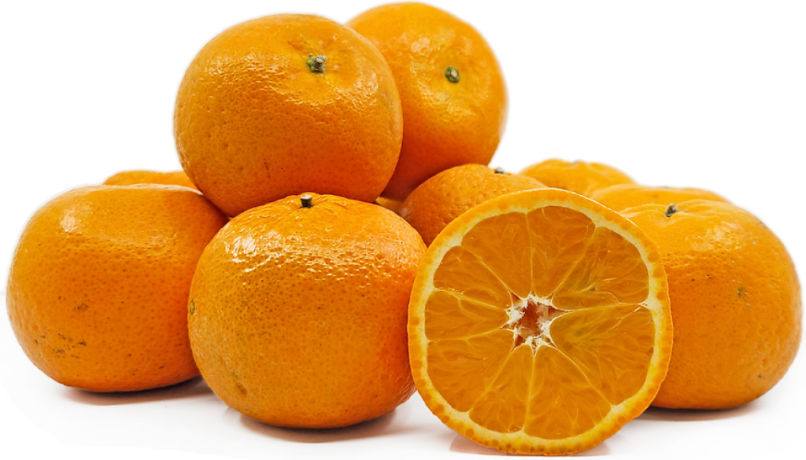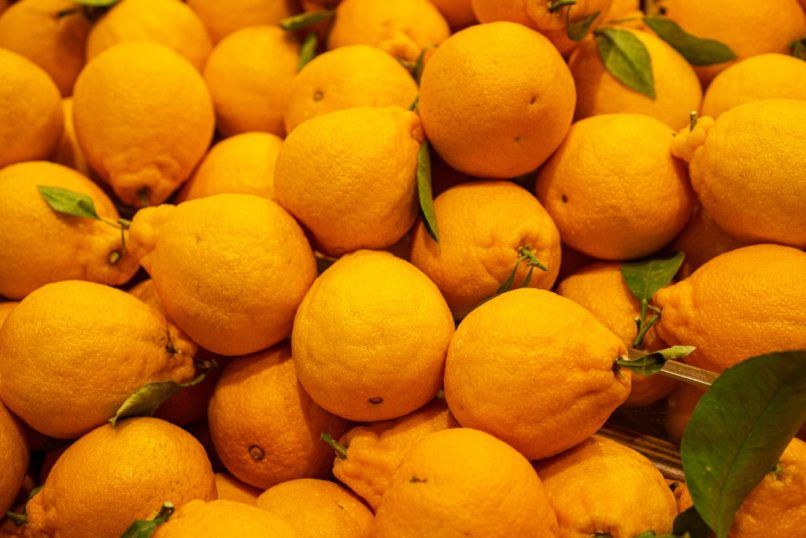Mandarin oranges are essential for the Chinese New Year festivities. It’s a tradition for those who celebrate it to exchange a bright and fresh pair of this specific citrus. But what is the significance of this gesture, and what types of mandarins are best for the occasion? Read on to find out.
Why do people exchange mandarin oranges at Chinese New Year?
Mandarin oranges have always been regarded as a symbol of good fortune, and it’s not just because of their auspicious hue.
Originating from Southern China, the traditional act of giving someone mandarin oranges during Chinese New Year symbolises well-wishes and blessing one with prosperity. The descriptive phrase for this action in Cantonese also sounds like ‘giving gold’ (hin gam). Hence, to exchange mandarin oranges with family and loved ones signifies a form of respect between both parties.
Besides the familiar Lukan and Ponkan mandarins, they are other uncommon varieties available during the Chinese New Year festive season only. Here’s how to differentiate the popular mandarin orange varieties.
5 most popular types of mandarin oranges to know:
Lukan

You can’t go wrong with the classic crowd-pleasing Lukan. It’s easy to peel due to its moderately wrinkled thin skin. Being smaller than the Ponkan also makes it the preferred choice for the exchange tradition.
Tart and mildly sweet, consider this juicy mandarin orange for your post-reunion dinner snack and palate cleanser.
Ponkan

This glowing orange, a hybrid of mandarin and pomelo, has an easily identifiable glossy surface.
Appearing almost wrinkle-less, this plump fruit offers a succulent sweet bite under its easy-to-peel skin. It’s a pleasant delicacy with flavourful flesh and uncomplicated texture. Thus, having a couple of Ponkan will perk up your mood.
Mikan

At 5 to 7cm in diameter, this small mandarin orange variety fits comfortably on one’s palm. It’s also a delight to handle as it is easy to peel and semi-seedless.
Once you pop a sweet wedge into your mouth, you can’t stop due to its refreshing acidity and floral notes. The mikan is known to be a speciality in certain Japanese prefectures like Wakayama and Ehime, along with South Korea’s Jeju Island.
Swatow

This firm variety hails from Southern China and is named after Shantou city in Guangdong province and is a favourite option for many. Swatow’s rugged exterior — noticeably wrinkly thicker skin — results in a tougher peel. It doubles as a durable festive decor at home because of its durable two to three weeks’ shelf life.
Taste-wise, the Swatow will please those who like tangy and sour flavours, but you’ll need the patience to break down the chewy inner membranes to savour its delicious flesh first.
Dekopon

Another easily recognisable mandarin orange due to its protruding bump, the Dekopon is the lovechild of the kiyomi, an orange-tangerine hybrid, and ponkan. In Korea, it’s known as Hallabong.
Dekopons cost much more than the other mandarins on this list, at about S$5 to S$7 each. Despite this, its soft drink-like tangy yet candied flavours and honeyed fragrance makes it a go-to choice for many.
(Hero and featured image credit: Elena Leya/Unsplash)

